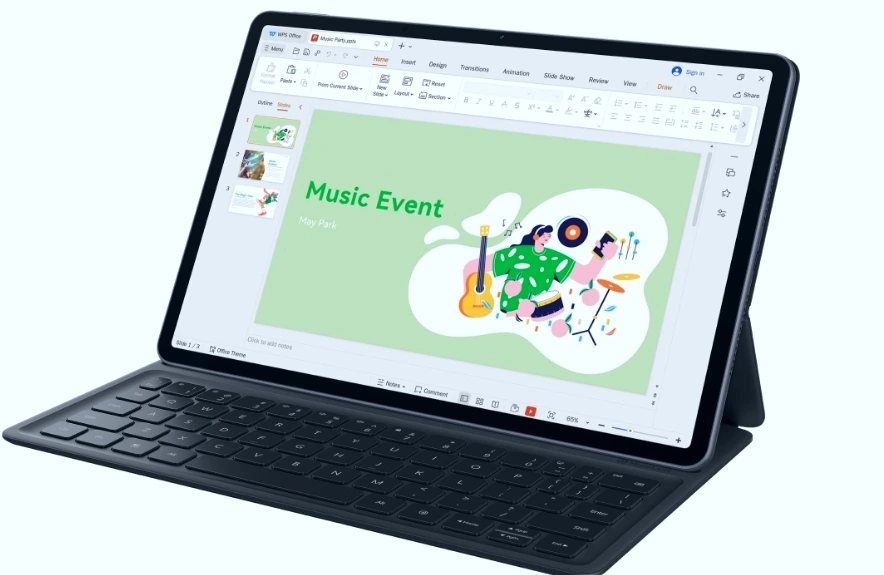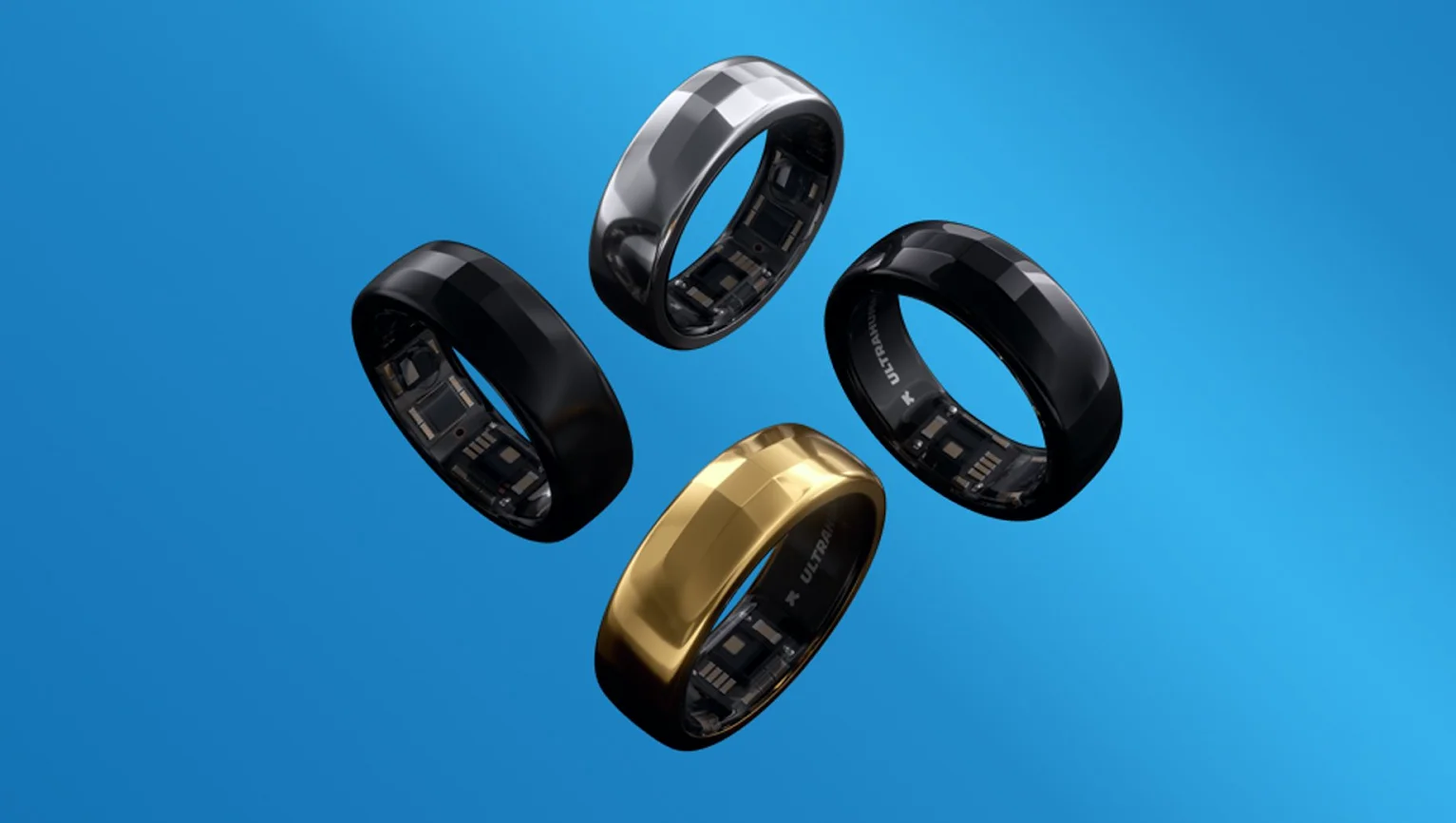The 11.5-inch PaperMatte screen of the Huawei MatePad 11.5” S is, without a doubt, the right choice if you want a tablet that is highly pleasant to write and draw on.
It is not the first time that I have held a tablet like the Huawei MatePad 11.5” S in my hands. And I am not referring to a Huawei tablet, but to a tablet with a matte screen. The iPad Pro M4 that I have just reviewed has a matte nanotextured screen, but previously I had tried my old 6th generation iPad with one of those PaperLike matte and rough screen protectors.
The fact is that a tablet with a matte screen is no longer so rare, although they are an incredible minority at the moment. So it’s good news that Huawei has decided to launch a tablet specially designed for creators and artists, as well as anyone who needs an 11.5-inch tablet.
As always with Huawei products, we have mixed feelings, an excellent product, with good performance, design… but for the uninitiated, the software part falters, because it doesn’t have Google services. Or does it?
Although Huawei’s services and its AppGallery cover many of my needs on a tablet, they don’t even cover 75%, so you have to use tricks to install Google services and applications from other sources.
But essentially, the Huawei MatePad 11.5” S is a solid option for 399 euros that aims to break into this type of tablet for fans of writing, journaling or digital artists. Will it succeed?
A lightweight tablet with a good screen-size ratio that you can use with two hands

What you see is what you get. No more, no less. Huawei MatePad 11.5” S is a simple tablet with little to report in terms of design. 3:2 format, with four speakers on the short sides, a camera centered on the long side, power button, volume buttons and a magnetic area on that long side for charging its stylus.
It is quite thin, only 6.2 mm thick and weighs 510 grams. Light in the hand and very manageable, with edges on the screen that are large enough to hold it with the fingers, but not so that they get in the way visually.
The back has a camera module and a Huawei logo. The bottom has three connection points for its case and official keyboard.
In short, a tablet with a simple, uncomplicated design, light and a good size. You can use it with both hands, one to hold it and the other to touch the screen, making it perfect to take anywhere.
It has good wireless connectivity, with Wi-Fi 6 which is the minimum you can ask of any device nowadays, as well as Bluetooth 5.2. No NFC, no GPS either, it doesn’t need it. Neither does it have a 4G or 5G version.
This matte screen is a delight, not visually, but in terms of use with a stylus
It is extremely difficult to show you what this screen is like, but I like these matte touch screens more and more. And the fact is that 2024 is a trend for these finishes, we have seen it in tablets and even in televisions.
The 11.5-inch screen of the MatePad 11.5” S has a smooth matte finish, which Huawei calls PaperMatte, that is, a matte and glossy finish, to make it easier to read and write on.
And it succeeds. Although it is not the best screen for watching films and TV series because it does not have a very high brightness level – around 500 nits – or a contrast that reaches OLED – it has an LCD panel – for the other uses you can put a tablet to, it is more than acceptable. I would even say that I prefer to read on a matte screen like this rather than a glossy one.
But the thing is that this matte finish tries to imitate paper, at least as far as glossiness is concerned, as it doesn’t have the textured finish of protectors like PaperLike or the nanotexture of the 2024 iPad Pro.
What you do notice is that with this matte finish and Huawei’s own stylus, it’s not only easier to write or draw, it’s also faster.
The fact that the finish is anti-reflective helps a lot when using it outside or even inside with lots of light. There is no way for direct light to be reflected, it only shows up as a slightly brighter area. It’s almost as if it absorbs it and it’s an effect that I love.
Its disadvantage is that it does not have a high level of brightness, deep blacks or a high color contrast that you get with OLED panels.
If you are someone who enjoys taking notes, a fan of journaling or a digital artist, you will undoubtedly enjoy it, because it is also a fast screen with M-Pencil, Huawei’s stylus, with minimal lag and a refresh rate of 144 Hz.
HarmonyOS keeps getting better, but it’s still its weak point

For this tablet Huawei uses the strange Kirin 9000WL eight-core processor, about which little is known, and 8 GB of RAM. The truth is that it is a fast tablet for everyday use, with the applications you would normally use, but it is not a tablet fast enough to turn it into a gaming center.
The performance is very much in line with tablets in its range, or even lower, around 300 to 400 euros. The static test data already tells us what to expect.
When it comes to software, this is Huawei’s Achilles heel and its big opportunity. On the one hand, as is well known, with its HarmonyOS operating system you won’t have Google services, so no Gmail, Google Maps or Google Play.
As always, there are ways to install them. My recommendation is to open AppGallery, install “microG Service” to add Google services to the tablet and, as a store, either look for a version of Google Play, or my favorite option, APK Pure. There you have all the Google Play apps, updated and ready to be installed.
All the applications you download will pass through Huawei’s security service, which indexes all its content in search of problems. It’s not infallible, but it’s the best solution.
As for special applications, Huawei includes GoPaint for free, a fairly comprehensive application for digital artists. As well as Huawei Notes, which is perfect for taking notes by hand, unless you’re dependent on GoodNotes.
This tablet, and any Huawei mobile or tablet, is a bit of a difficult product for most people due to the lack of applications and the difficulty of installing them. You can get all the apps you want, but it requires a certain amount of expertise in knowing where to look, who to trust and who not to trust when downloading apps from unofficial sites.
It has a sidebar of shortcuts, a good Chromium-based browser and calendar app, WPS Office as a replacement for Microsoft Office programs, the possibility of having “twin apps”, that is, two instances of the same app, a map application like Petal Maps which, although it is not by any means a replacement for Google Maps, does the job…
This is the negative part of Huawei’s software, because if you are one of those people who are not concerned about these problems, HarmonyOS is quite good, easy to use and performs incredibly well on devices like this. We are still light years away from what they offer in China, but it’s a start.
Battery life: it doesn’t go over two days
With an 8,800 mAh battery, a processor that leans more towards the mid-range than high-end performance and an operating system like HarmonyOS based on Android, which Huawei has worked on so much, it would take a lot for this tablet not to last at least a day.
According to my use and my tests, the autonomy of this Huawei MatePad 11.5” S is around 9 hours of screen time. It’s not the best autonomy in a tablet, but more than enough to last you a day of hard use, even with content creation, writing, drawing, receiving notifications, opening all your applications.
Although it will last you a day or two, depending on usage, there is no doubt that you will have to charge it at least every other day.
It includes a 22.5 W charger and a compatible USB-C cable. This allows you to use fast charging, which can get you from a perilous 5% to 100% in about 100 minutes.
The Huawei M-Pencil is a recommended and almost necessary purchase for this tablet

Huawei has two official accessories for this Huawei MatePad 11.5” S. Both use what the brand calls NearLink, a more stable form of wireless connection via Bluetooth with its products.
It is compatible with the Huawei M-Pencil 3rd generation stylus, which is, in my opinion, the accessory you should buy for this tablet. It reaches 4,096 pressure points for writing or drawing, it is very fast on this screen and, in addition, it charges magnetically on the top of the tablet.
It costs 99.90 euros, although Huawei is giving it away with the purchase of the tablet.
The second accessory is the case and magnetic keyboard. It is possibly one of the worst tablet accessories I have tried in a long time.
Not only is typing not very comfortable due to its membrane mechanism and key size, but it also only has one angle position which is extremely straight, making it incredibly difficult to see the screen properly while typing. You can detach it, as it works wirelessly, but it is a not very well solved two-part system and it is not very clear, without reading manuals, whether you can detach it or not.
Is it worth buying a Huawei MatePad 11.5″S in the middle of 2025?

Right now there is no better Android tablet for digital artists than this Huawei MatePad 11.5” S. The PaperMatte screen is a delight and the M-Pencil is undoubtedly a perfect combination for anyone who likes to draw or write on a tablet. Plus, Huawei’s note-taking and drawing apps are pretty good.
There’s no doubt that for 399 euros you can’t ask much more of a tablet with good, but not excellent, battery life, with just enough performance that you can even play games on it, but you can’t ask for high-end performance.
A good buy if you’re one of those people who have no problem downloading their apps from alternative stores and you like to bet on alternatives to the established ones.



